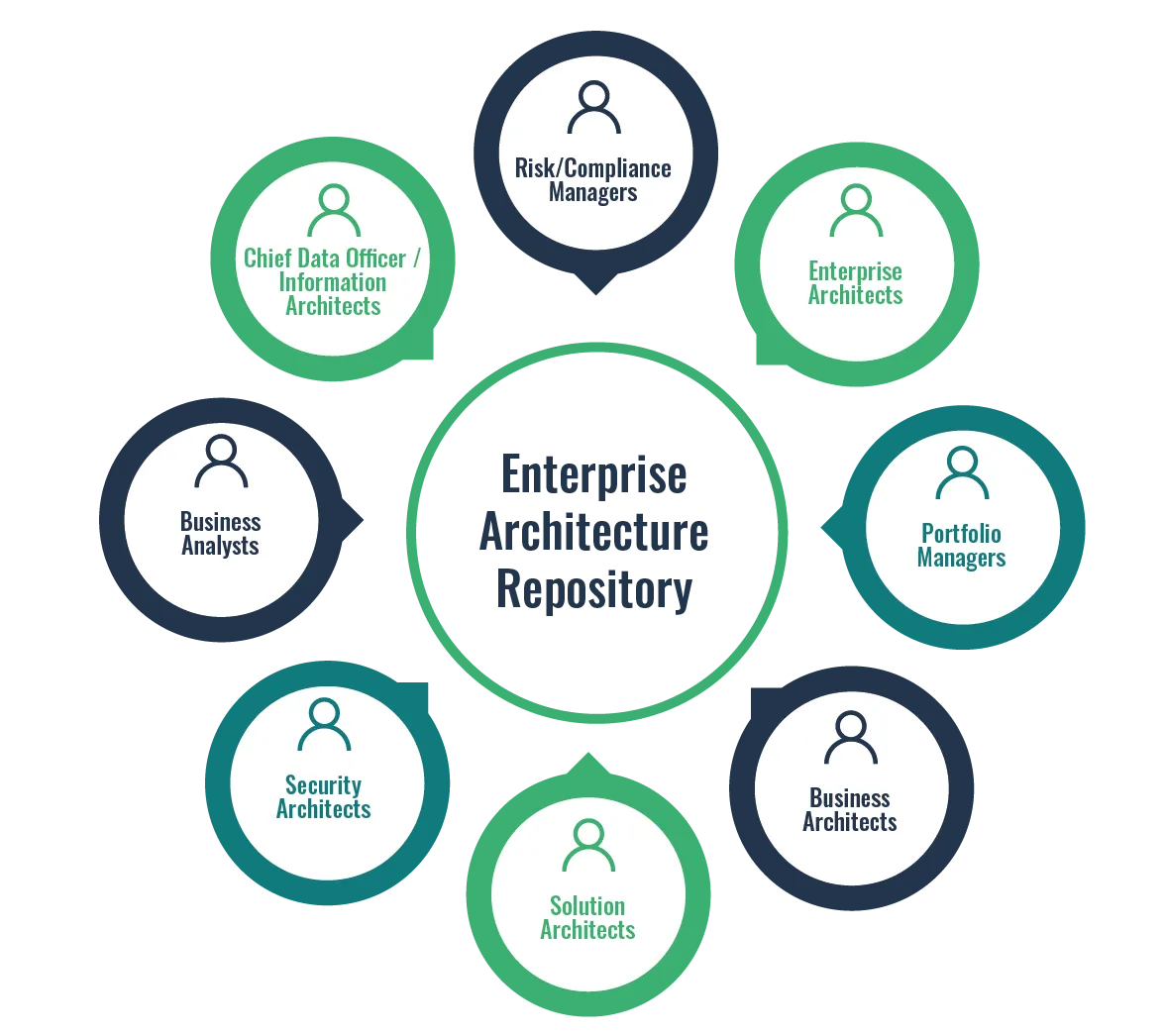Introduction
In today's here fast-paced business environment, organizations are constantly striving to optimize their processes and stay ahead of the competition. One key strategy that has proven to be effective in achieving this goal is the implementation of enterprise architecture. In this article, we will explore the role of enterprise architecture in business process optimization and discuss how it can drive efficiency, improve productivity, and enhance overall performance.
The Basics of Enterprise Architecture
Enterprise architecture (EA) refers to the practice of designing, planning, and managing an organization's IT infrastructure and systems to align with its business goals and objectives. It involves creating a blueprint or framework that defines the structure, components, functions, and interrelationships of an organization's IT assets.
Key Components of Enterprise Architecture
- Business Architecture: focuses on understanding an organization's business strategy, goals, processes, and capabilities. Data Architecture: deals with the organization's data assets, including storage, management, integration, and security. Application Architecture: encompasses the design and management of software applications used within the organization. Technology Architecture: includes hardware, network infrastructure, operating systems, databases, and other technology components.
The Role of Enterprise Architecture in Business Process Optimization
Improved Efficiency and Productivity
By aligning IT systems with business processes through enterprise architecture, organizations can eliminate redundant tasks and streamline workflows. This results in improved efficiency and productivity as employees can focus on value-added activities rather than repetitive or manual tasks.
Enhanced Communication and Collaboration
Enterprise architecture provides a common language and framework for communication across different departments and teams within an organization. It enables stakeholders to understand each other's roles, responsibilities, and dependencies better. This fosters collaboration and drives innovation by breaking down silos and promoting cross-functional teamwork.
Greater Agility and Flexibility
In today's rapidly changing business landscape, organizations need to be agile and adaptable to stay competitive. Enterprise architecture allows organizations to quickly respond to market changes, technological advancements, and evolving customer needs by providing a flexible Check over here and scalable IT infrastructure. This agility enables organizations to adopt new business processes or modify existing ones without significant disruptions.
Improved Decision-Making
Enterprise architecture provides valuable insights and data-driven analytics that support informed decision-making. By having a holistic view of an organization's processes, systems, and data, decision-makers can make more accurate assessments, identify bottlenecks, and prioritize investments. This leads to better strategic planning, resource allocation, and risk management.
Effective Change Management
Implementing enterprise architecture involves assessing an organization's current state, defining its target state, and developing a roadmap for transitioning from one to the other. This structured approach facilitates effective change management by minimizing resistance, ensuring stakeholder buy-in, and managing risks associated with process optimization initiatives.

Frequently Asked Questions (FAQs)
Q1: What is the role of enterprise architecture in business process optimization?
A1: Enterprise architecture plays a crucial role in business process optimization by aligning IT systems with Additional resources organizational goals, streamlining workflows, improving efficiency and productivity, enhancing communication and collaboration, enabling agility and flexibility, supporting informed decision-making, and facilitating effective change management.
Q2: How can enterprise architecture drive efficiency in business processes?
A2: By eliminating redundant tasks, automating manual processes, and optimizing workflows, enterprise architecture improves efficiency in business processes. It allows employees to focus on value-added activities while reducing time wastage on repetitive or non-value-added tasks.
Q3: Can enterprise architecture improve communication within an organization?
A3: Yes, enterprise architecture promotes effective communication by providing a common language and framework for understanding roles, responsibilities, and dependencies across different departments. It breaks down silos and fosters collaboration among teams.
Q4: Is enterprise architecture only relevant for large organizations?
A4: No, enterprise architecture is beneficial for organizations of all sizes. It helps small and medium-sized enterprises (SMEs) optimize their processes, improve decision-making, and adapt to changing market dynamics.
Q5: How does enterprise architecture support informed decision-making?
A5: Enterprise architecture provides valuable insights and data-driven analytics that enable decision-makers to make informed choices. It provides a holistic view of an organization's processes, systems, and data, allowing for accurate assessments, identification of bottlenecks, and prioritization of investments.
Q6: What are the key challenges in implementing enterprise architecture for business process optimization?
A6: Some common challenges in implementing enterprise architecture include resistance to change, lack of stakeholder buy-in, insufficient resources or expertise, and the complexity of aligning IT systems with organizational goals. However, these challenges can be overcome with proper planning, communication, and change management strategies.
Conclusion
In conclusion, the role of enterprise architecture in business process optimization cannot be overstated. It serves as a roadmap for aligning IT systems with organizational goals, driving efficiency and productivity, enhancing communication and collaboration, enabling agility and flexibility, supporting informed decision-making, and facilitating effective change management. By embracing enterprise architecture principles and leveraging innovative tools and solutions such as Solution Architecture Management and ServiceNow Application Portfolio Management (APM), organizations can unlock their full potential and achieve sustainable competitive advantage in today's dynamic business landscape.
